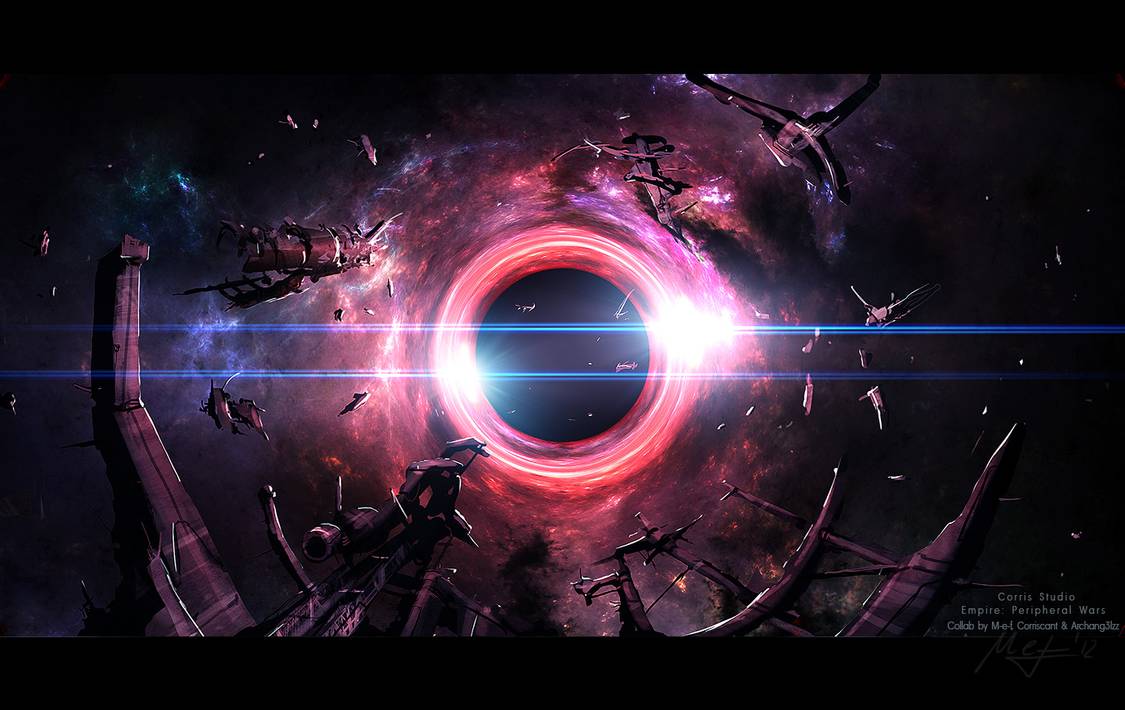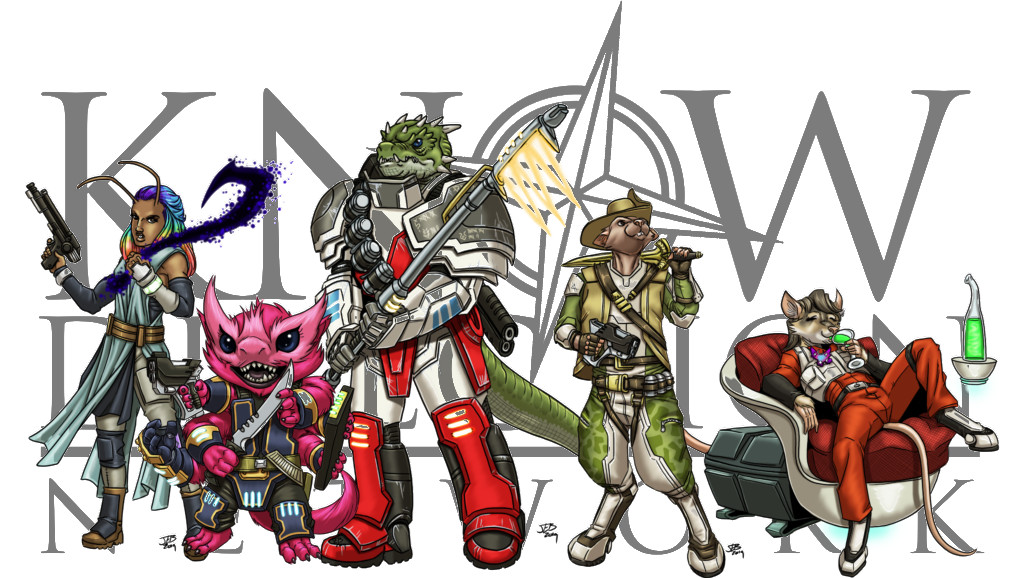It’s been roughly a month since Gen Con and the release of Pathfinder Second Edition and I imagine a number of brand new campaigns are beginning to spin up. My own included. As all these new games are launching I thought I’d talk over the next couple of blogs about centering your PCs in the campaign narrative.
The other night as we were wrapping the most recent session of our Council of Thieves game one of the players and I talked about some of the strengths and weaknesses of the AP format and specifically what we missed from our very first AP experience with Shackled City.
For those who may not know, Shackled City was Paizo’s first Adventure Path from the pages of Dungeon Magazine it eventually was reprinted as a standalone full hardcover. The players are residents of Cauldron, a city built in the caldera of an extinct volcano. And much of the campaign’s action happens in or near the city. One of the climactic scenes of the AP is pretty predictable but the good sort of predictable and there are plenty of surprises throughout the adventure. Some of those surprises are quite good. Even my wary and suspicious PCs were blindsided by one particular betrayal.
Now, Paizo is in the midst of releasing their 29th adventure path and have learned a lot about what makes a good AP and still Shackled City is the campaign we most fondly remember at my table. What exactly made that first adventure path so good? And what can past-me teach present-me about being a better GM?
Well, first of all, I suspect Shackled City offered such a unique new experience that replicating the wonder of our first experiences with an AP would be tough. I also think I need to give credit to the Paizo community at that time. With the first AP, there were tons of groups all playing that first AP and with only one AP available we were hyper-focused on Cauldron and its narrative. There was a wealth of ideas swirling around the message boards in a volume I think few of the APs have enjoyed since. I know, I drew on those resources a lot to draw the players in and cement the reality of the setting from the get-go.
I think some of the most important lessons though are about how much work an AP is and where we need to focus our efforts. After Shackled City, we’ve gone on to run or play in a number of other APs at our table (we have rotating GMs) and the experience had started to stale. It staled enough that the last campaign we completed ended up being an entirely homebrew Numenera campaign, that I ran. That experience was still heavily influenced by the Adventure Path format but it gave me a chance to kinda cleanse my palate and reexamine our AP experience with clear eyes. And see exactly where the GMs at our table have been putting their efforts versus where we should be putting our efforts.
Adventure paths are shared experiences, much like the classic modules of early D&D they become something that players can discuss and reminisce about even if they never played at the same table. As such, I think, even good GMs can be so drawn into the idea of presenting an adventure path in as pure a form as possible. In my opinion, this is a mistake. It elevates the adventures and the NPCs of the adventures above the player characters. The AP itself takes center stage and the PCs blindly follow the path to the story’s conclusion. Being willing to embrace table variance is a vital first step in spotlighting the PCs.
In Shackled City there is a rival band of adventurers called the Stormblades. Like many other aspects of the city, I tailored these NPCs to best suit our campaign and to best elevate our PCs. Long before the end of the campaign, these rivals became friends with the party (save one-I made Todd an insufferable jerk to the PCs until the bitter end). This didn’t stop the rivalry but elevated it. The one-up-man-ship became a game of its own not unlike Legolas and Gimli counting kills in the Lord of the Rings films. I know we had several nights over the course of the campaign were the two groups simply drank beer, played cards and swapped stories.
In a recent Matt Colville video (I’ll be talking more about this video I expect in the future) he referred to scenes like these as interludes rather than encounters. As there is some risk in an encounter even in simply a social encounter, while an interlude carries no risk it’s just a way to better get to know our characters. I think with APs where it’s possible to have recurring NPCs, developing relationships between those characters and the PCs is vital. We wrote in early connections with several of Cauldron’s NPCs (not just the Stormblades) and would frequently revisit those connections even when the campaign didn’t call for it specifically sometimes as interludes and sometimes as actual encounters where the PCs friends and family were put at risk.
Looking back I can see I need to not only help the players create connections with important NPCs but I need to go off-book more often and run more interludes between the player characters and those key NPCs and be willing to shift the focus and put the PCs contacts in jeopardy a hair more frequently even if means changing the adventure’s encounters from time to time.
Now, this isn’t to say I’m actually a worse GM now than I was 12+ years ago. I certainly have GM tools in my belt I wish I’d had back then, and there are others I use with more skill but it never hurts to look back and rediscover things we used to do better. That’s what I learned by looking back. What was one of your most memorable campaigns? What did you do then that (maybe) you could bring forward to your next campaign?
The Shackled City Logo and Cauldron Image are Copyright Wizards of the Coast.







